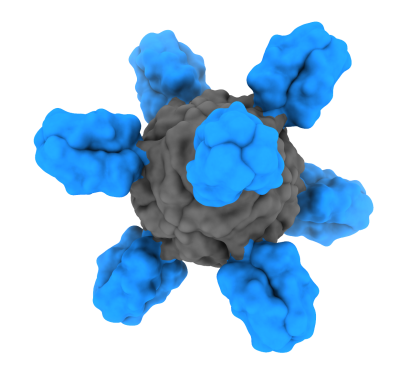In the third and final installment of our series, we focus on international researchers establishing collaborations with domestic principal investigators (PIs). Previous newsletter issues covered Part I—Determining Eligibility and Part II—Foreign Projects.
Ideally these relationships are built before an application is submitted. Assuming that is the case, you as the international researcher should provide a letter of support to be included in the grant application affirming your commitment to the research project. See Letters of Support for more information.
In general, biomedical research is undergoing a culture shift toward transdisciplinary, team-based science. It’s not unusual to cultivate partnerships with scientists in other fields or at other institutions. Some notices of funding opportunities (NOFOs) even require collaborators. Other reasons to collaborate include:
- Investigate common research questions and share resources and information.
- Access unique study populations or resources.
- Bolster a grant application by demonstrating comprehensive expertise.
- Provide distinct perspectives that complement one another.
While there are possible drawbacks to partnerships, there are also options for dealing with or mitigating them. For example:
- You will have less autonomy, e.g., you may need the group's approval to proceed in a new research direction.
- You will need to accept the group's processes and culture, including possibly spending time in team meetings and discussions with team members.
Collaborators may use different types of agreements to facilitate partnerships, including research collaboration agreements, material transfer agreements, and data transfer agreements (which the recipient is responsible for overseeing). It is also necessary for collaborators to develop data management and sharing plans that take into account laws and regulations in all the countries where the research will be conducted. For an active award, NIAID’s prior approval is required to add a new foreign collaborator to the research team.
How to Find Collaborators
You have a few options for finding potential collaborators, such as the following:
World RePORT is an interactive, open-access database and mapping of global research investments from some of the world’s largest biomedical funding organizations. World RePORT helps foster and facilitate funding analysis and visualization of global biomedical research networks, linking investigators and institutions collaborating on research projects.
RePORT Expenditures and Results (RePORTER)
- Its Advanced Projects Search provides a deeper dive into NIH's free and publicly available database of funded projects, investigators, publications, and patents.
- Users can customize queries to find potential collaborators for future projects, identify research areas that are underrepresented or highly supported, and much more.
- Matchmaker tool allows you to paste in text (e.g., a scientific abstract or other keyword-rich text) to find similar projects or NIH program officers.
Get help identifying collaborators who are conducting similar work and discover who is publishing in your scientific area.
Pilot Option
Another option to find collaborators is through Researcher Discovery via Scopus. It is currently in a pilot phase, but it may be useful to foreign scientists.
Have Questions?
Go to Global Research—Contacts for answers to your inquiries, additional resources, or help with navigating RePORTER.


